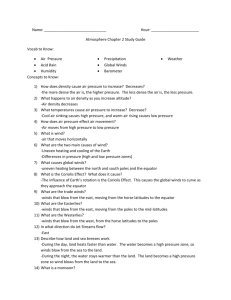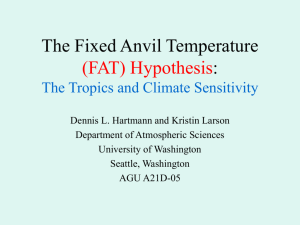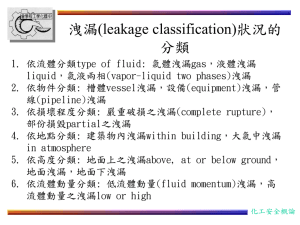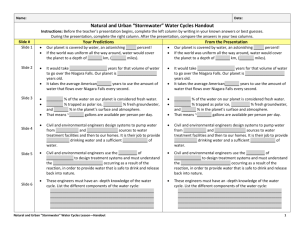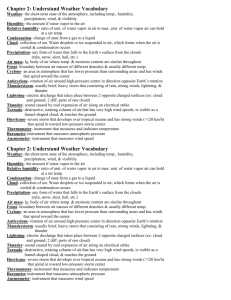Riyadh Gas Explosion Analysis: UVCE Incident
advertisement
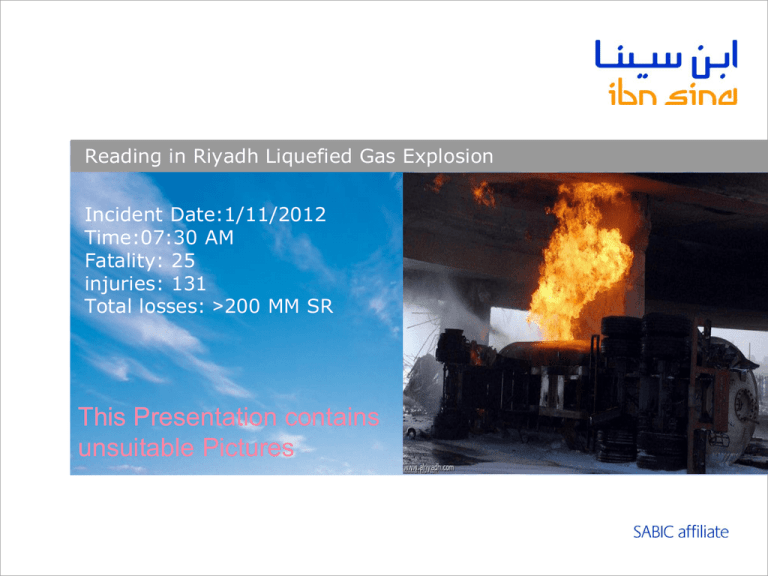
Reading in Riyadh Liquefied Gas Explosion
Incident Date:1/11/2012
Time:07:30 AM
Fatality: 25
injuries: 131
Total losses: <200 MM SR
This Presentation contains
unsuitable Pictures
Introduction
•
In last 2 days we have gathered information about Riyadh biggest fire incident
in history to correct some information which misguided professional in what
happened at that morning.
•
We have analyzed a lot of reports and Pictures to come out to a conclusion of
what happened.
•
The truck contains more than 17 tons of liquefied propane at 150 PSI
pressure.
•
In fire Since what happened is a vapor cloud at which called { UVCE}
•
UVCE Stands for “ Unconfined vapor cloud explosion.
2
Wind Directions
•
3
Location were the
liquefied gas truck hit the
causeway Post when
trying to make a left turn
at high Speed
ALZAHED
Contractors
Building
4
Vapor Cloud
Dimensions
5
•
Source of ignition from
AlZahed Contractors
building, and as we See the
Amount of Damage is High
in this Zoon
•
Another avoidance of
source of ignition is the
high number of fatalities
and injuries from AlZahed
Employees.
6
What Happens to a Vapor Cloud?
•
Cloud will spread from too rich, through flammable range to too lean.
•
Edges start to burn through deflagration (steady state combustion).
•
A vapor cloud is defined as flammable and/or toxic materials heated above their boiling
point and released to the atmosphere
•
Vapor clouds may be visible or invisible on the material released to the ambient
temperature, wind velocity, and humidity.
•
Cloud will disperse through natural convection.
•
Vapor cloud may ignite and flash, resulting in an explosion and flash fire. Anyone
caught in the vapor cloud will likely be seriously injured or killed. Substantial material
damage is also possible
•
Vapor clouds may be toxic, flammable, or dependent both. Materials with boiling point
below 21 C are assumed to vaporize 100%
•
Flame velocity will increase with containment and turbulence.
•
If velocity is high enough cloud will detonate.
Chemical Reactions
EXPLOSION =
Physical Explosions
Uniform Reactions
Thermal Explosions
Rapid Equilibration of High Pressure Gas
via Shock Wave
Chemical Explosions
Propagating Reactions
Detonations
(Shock Wave)
Deflagrations
(Normal Transport)
Potential Energy Coursed by the explosion
Stored Volumes of Ideal Gas at 20° C
PRESSURE, psig
10
100
150
1000
10000
TNT EQUIV., lbs. per ft3
0.001
0.02
0.03
1.42
6.53
TNT equivalent = 5 x 105 calories/lbm
Impact of VCEs on People
Peak
Equivalent
Overpressure Wind Velocity
psi
mph
1
70
2
160
5
290
10
15
470
20
670
30
35
NA
150
Effects
Knock personnel down
Rupture eardrums
Damage lungs
Threshold fatalities
100% fatalities
The area effected by 17 tons of LPG
INVENTORY
(tons)
UVCE
1
2
5
10
17
20
50
100
200
500
1000
120
150
200
250
294
310
420
530
670
900
1150
Distance
in Meters
Some views from the incident
Some views from the incident
Some views from the incident

